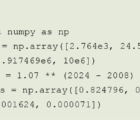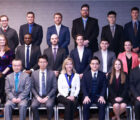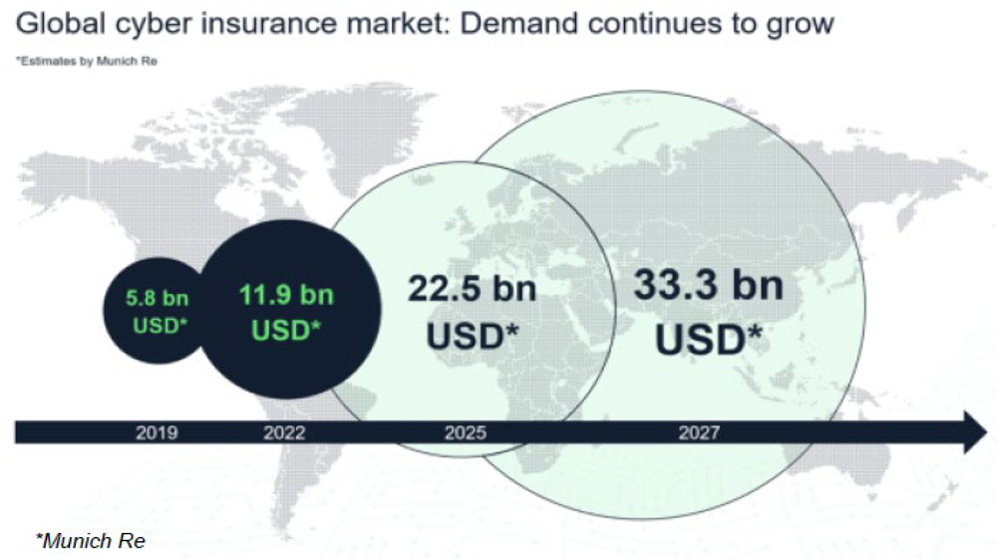Recently I had the opportunity to lecture at a webinar presented as part of the CAS Innovation Council’s Actuarial Innovator Profile Series. I discussed how the credit risk group I work with at Milliman has applied the principles articulated in Amy Wilkinson’s book, The Creator’s Code: The Six Essential Skills of Extraordinary Entrepreneurs. Wilkinson provides a valuable framework for fostering innovative thinking based on “six essential skills,” which are described as:
- Find the Gap
- Drive for Daylight
- Fly the OODA Loop
- Fail Wisely
- Network Minds
- Give Small Gifts
Without being conscious of it, I found that I had been using all the skills Wilkinson describes, with excellent results in a global practice focused on managing credit risk. The book efficiently rationalizes and streamlines these elements, creating a useful working model for innovation.
Mind the Gap
The book describes how innovation starts with “finding the gap” — that is, looking for unaddressed needs in the market. In 2006, when my coauthor and I wrote the Milliman report, “What Happens When Credit Risks Come Home to Roost?,”1 we had found a gap. We saw that many in the mortgage industry didn’t appreciate two factors that were feeding upon each other to create an enormous risk: loosened underwriting standards on mortgage loans coupled with the exploding pace of housing price increases. Most credit risk models at that time tended to be based on a very short-term history of mortgage experience. We were convinced that that short-term history wasn’t a valid basis on which to build a model for the long-term tail risks.
Our instincts served us well as our modeling embodied examples of both the “Architect” and “Sunbird” styles of innovation that Wilkinson describes in the book. Architects build a new model from the ground up while Sunbirds transplant solutions from one domain to a completely unrelated field. In our case, we started with core actuarial expertise and built a model from the ground up to analyze credit risk for mortgage guarantee insurers. Our model captured both the granular underwriting risks and the economic contagion risk. As the crisis unfolded, we saw an opportunity to transplant that model into the banking industry’s sudden new requirement to assess repurchase risks, as their portfolios began to unravel with loan repurchase demands. We were also able to transplant the model into the reinsurance arena as well.
Work Through the Fine Points
With the second step in the process, “Drive for Daylight,” innovators start to think in broad terms about their ideas. After defining a need, they begin to look for strategic market entry points, seeing openings far ahead. Innovators are oriented toward the future rather than nostalgic conventional wisdom. The phrase “Drive for Daylight” comes from the world of auto racing where speeds are too high to focus narrowly on close-up markers such as pavement striping or the relative positions of other cars. I have a personal appreciation for this concept as an amateur racecar driver, and I have a deep connection to other racers who say the secret to operating at those speeds is to keep your eyes up, far down the road and to “drive for the daylight.”
After the financial crisis hit, we found credit risk manifesting in a wide variety of unexpected places; however, we also found ourselves in a position to put our innovations to practical use. Banks found themselves forced to buy back impaired loans and struggled with valuing the risks posed by such demands. In Sunbird fashion, we were able to respond to many of these unexpected secondary effects by adapting the models we had already developed to help better predict and control for the new risks.
Expecting to Fly and Flopping Sagely
We also got into the third step in the process: “Fly the OODA loop.” OODA stands for “observe, orient, decide and act.” The OODA loop was originally a framework designed for fighter pilots in wartime. This step emphasizes working out bugs in motion by focusing on the four steps in its name as problems arise. It is an iterative process to identify and dispatch bugs quickly while maintaining the larger focus on the mission objective.
The fourth step, “Fail Wisely,” is closely related. It involves placing small bets on ideas, picking spots to take risks with them, and learning from the results, again within the larger context of meeting a mission objective. In the years of the financial crisis, we were constantly testing and adjusting our models and spinning off limited pilot projects to test new analytical capabilities for new situations. It was a process almost as iterative as the OODA loop itself. This step might lead innovators to experience and learn from small failures, positioning them to better avoid large catastrophes.
Getting It Out to the World
The fifth and sixth steps in the process, “Network Minds” and “Give Small Gifts,” are about bringing the ideas to the world. To network minds is to expose ideas to many disparate points of view for critical consideration. Networking minds is a place where our practice is particularly strong. We have actuaries, chartered financial analysts, MBAs, statisticians and computer programmers. All together, we possess a lot of different skills, but it’s most important that we have listening skills.
To get ideas out successfully, it’s essential to build a repertoire of contacts by sharing and collaborating with others, extending innovations into the world by freely demonstrating their benefits. This is something we do directly through relationships with our clients and also in our work with industry groups such as the CAS. We constantly strive to develop innovative ideas to expose through our collaborative processes. Once we have an idea, have thought through it carefully, tested it as far as we can, and think it has value, we then look for someone that can benefit by it. Indeed, we hope that innovation leads to everyone winning in the long run.
That’s the true power of innovation.
1 Schmitz, M.C. & Mrotek, K. (November 1, 2006). “What Happens When Credits Risks Come Home to Roost?” Retrieved December 9, 2015, from http://www.milliman.com/insight/Articles/What-happens-when-credit-risks-come-home-to-roost/.
 Michael C. Schmitz, FCAS, is a principal and consulting actuary for Milliman, Inc. in Brookfield, Wisconsin.
Michael C. Schmitz, FCAS, is a principal and consulting actuary for Milliman, Inc. in Brookfield, Wisconsin.












